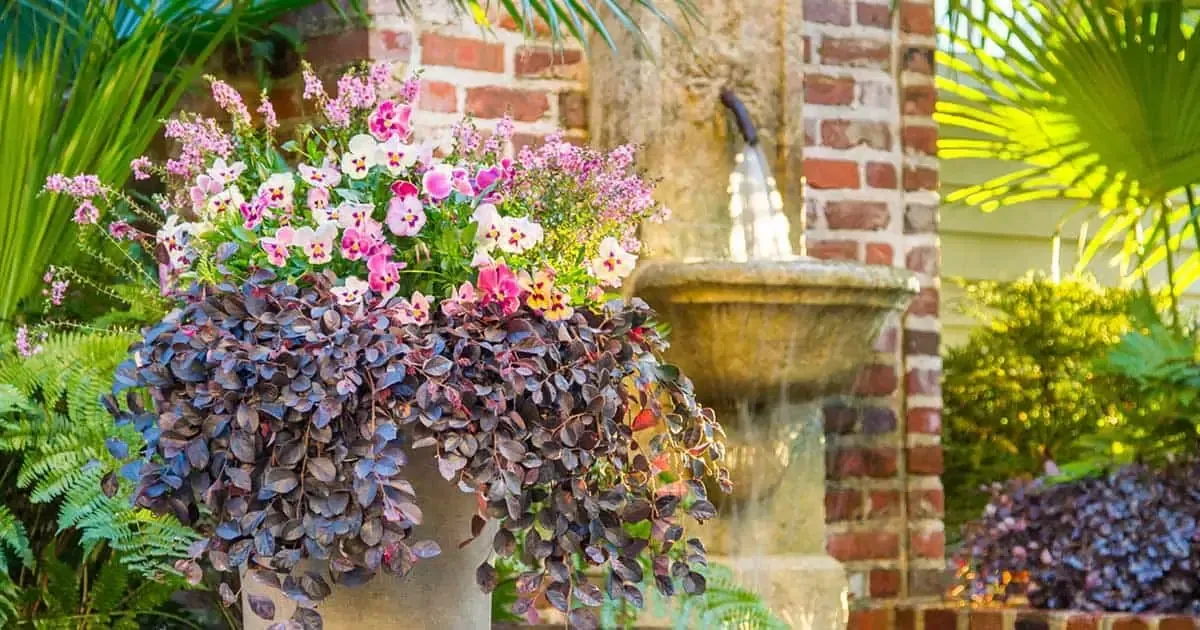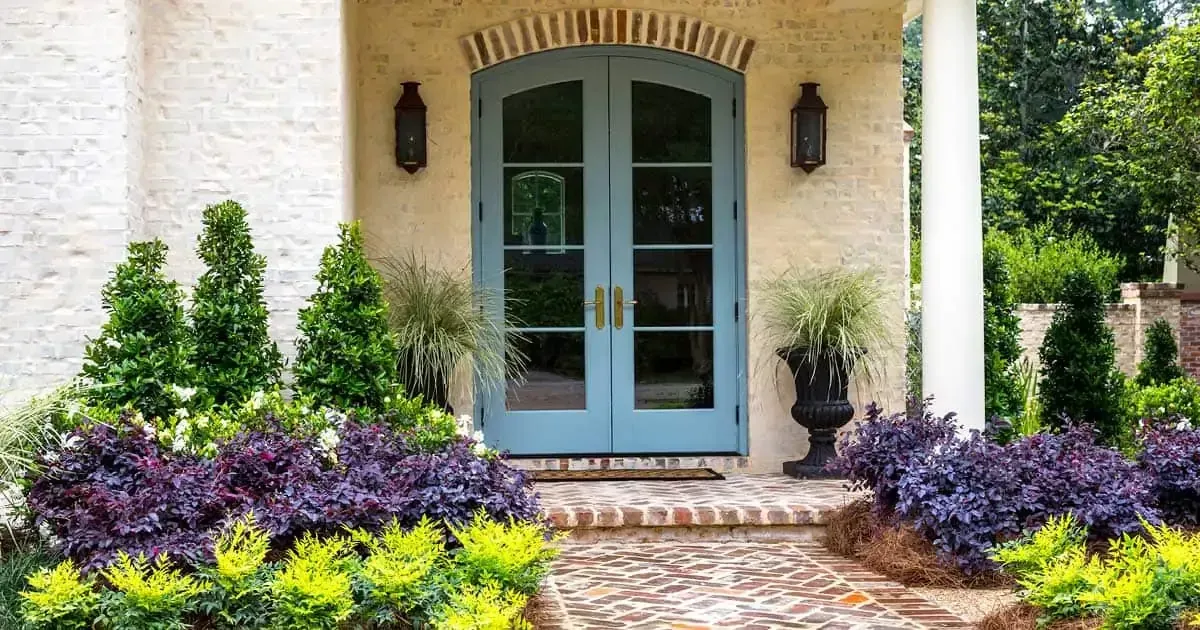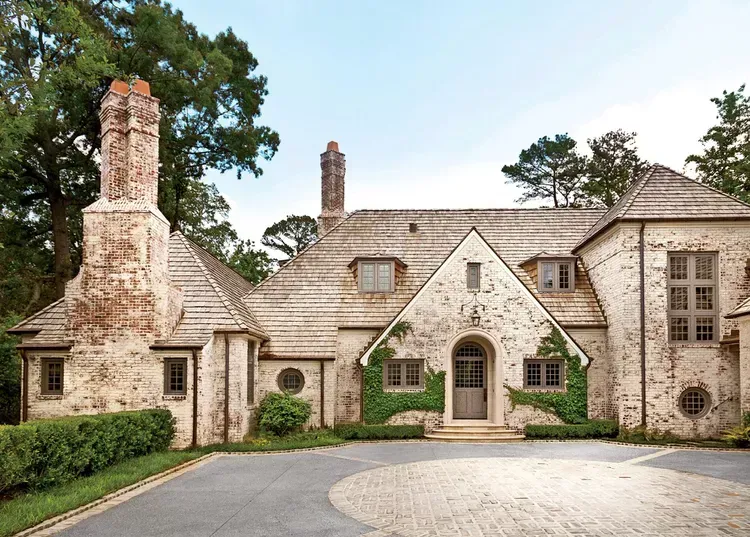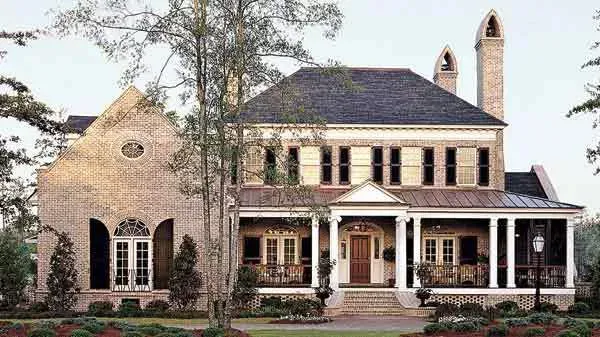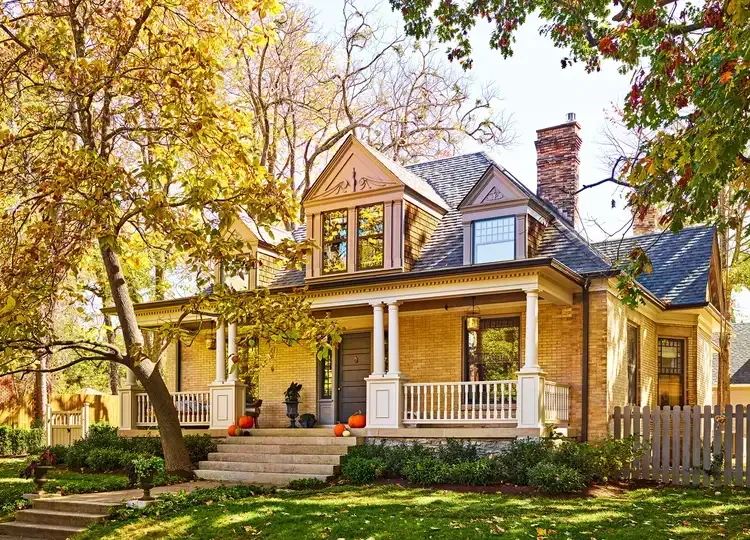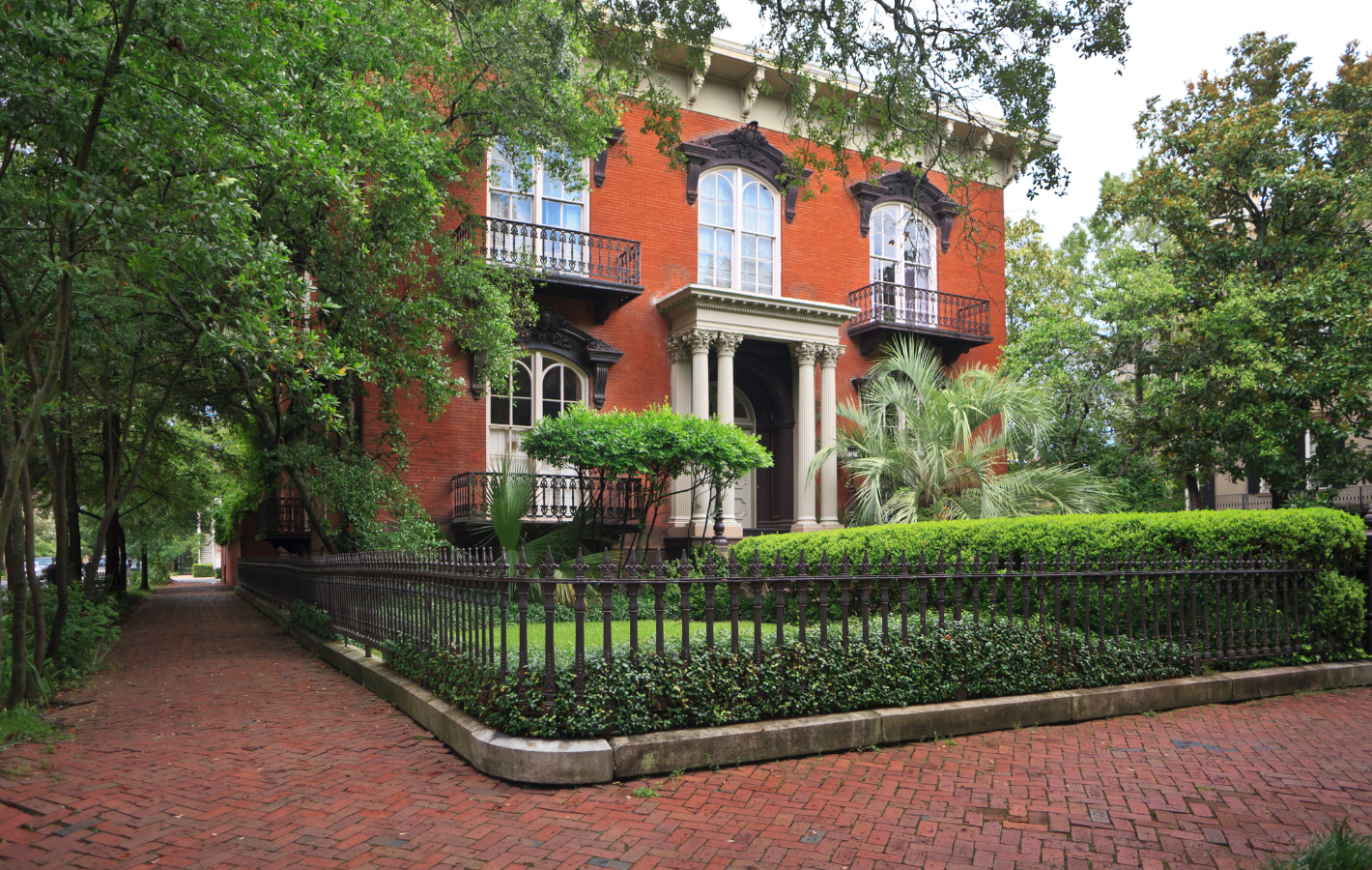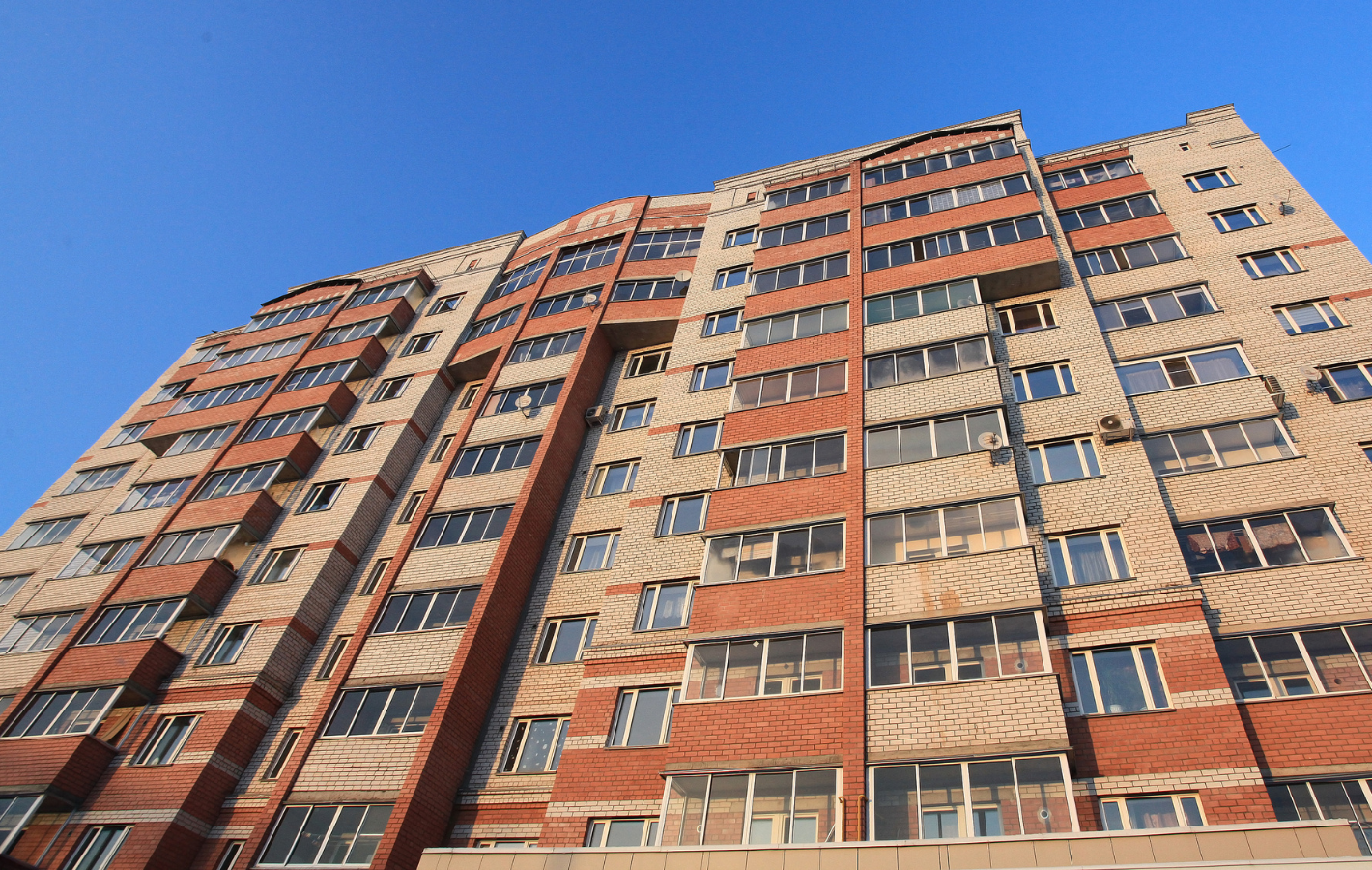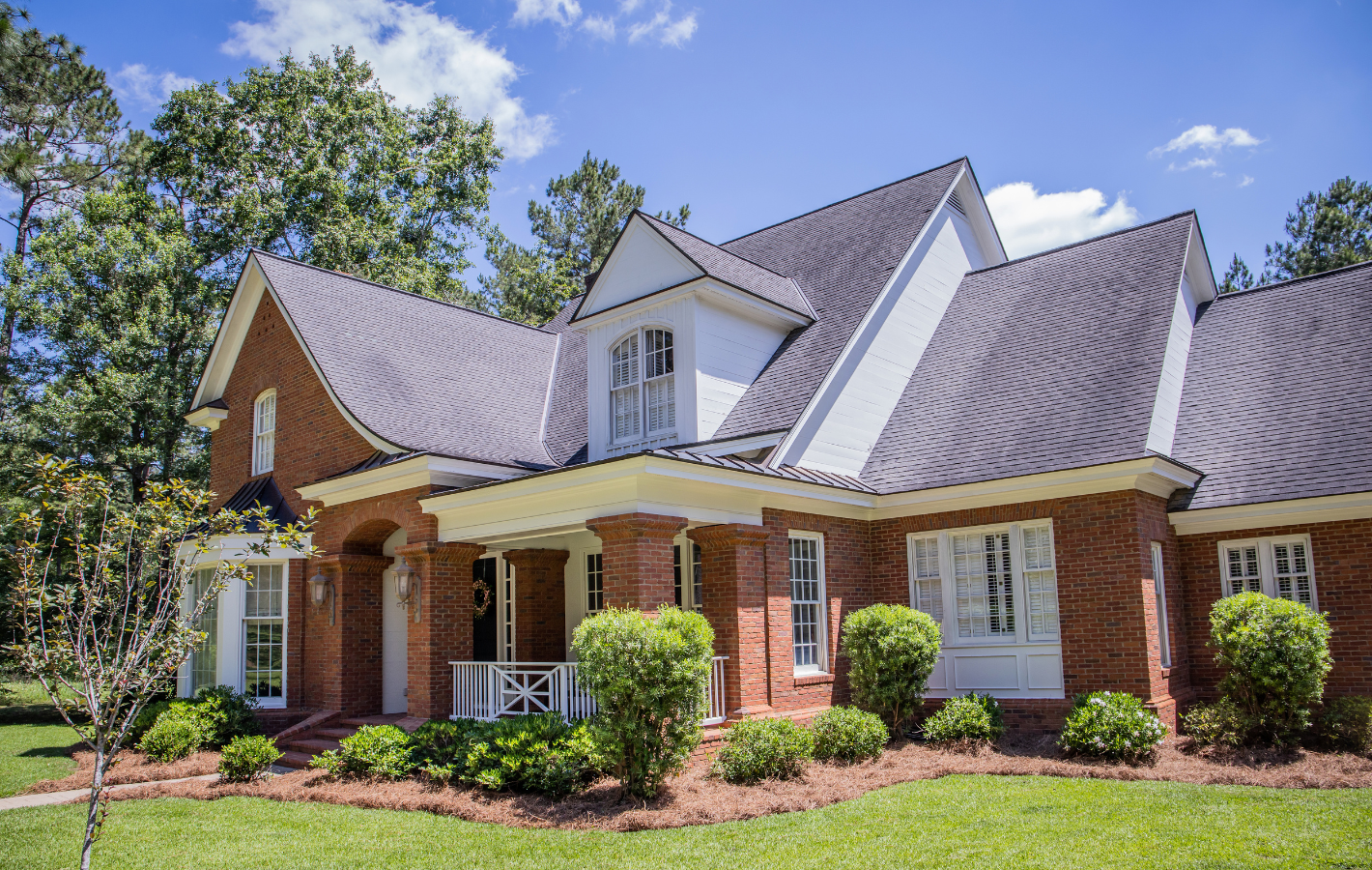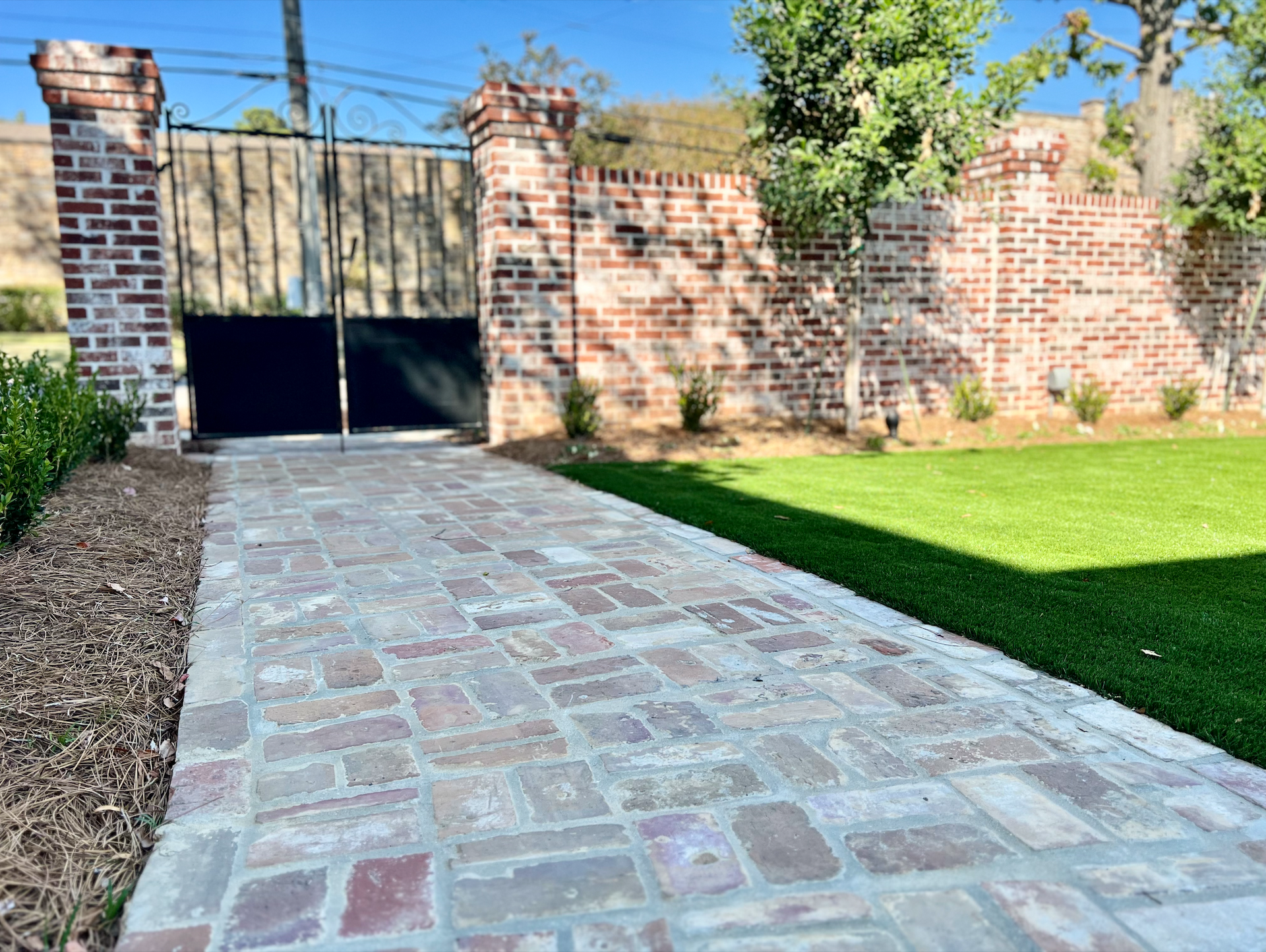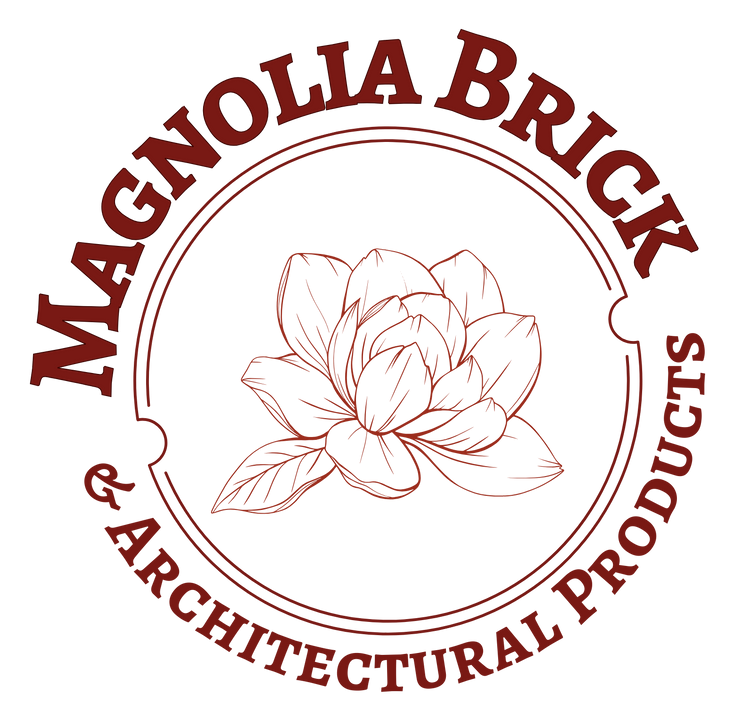
From Brick Facades to Modern Marvels: How Bricks Are Reinventing Contemporary Architecture
From Brick Facades to Modern Marvels: How Bricks Are Reinventing Contemporary Architecture
In the ever-evolving world of architecture, one building material has stood the test of time while continuously reinventing itself – bricks. These humble, clay-based blocks have been used in construction for centuries, and they are now experiencing a renaissance in contemporary architecture. At Magnolia Brick, with locations in Tupelo, MS, and Oxford, MS, we're passionate about the role bricks play in shaping modern architectural marvels. In this exploration, we'll uncover how bricks are redefining contemporary architecture and providing both aesthetic and sustainable solutions.
The Timeless Charm of Bricks
Before delving into the contemporary use of bricks in architecture, let's reflect on what makes bricks a timeless choice:
Aesthetic Versatility:
Bricks come in various colors, sizes, and textures, offering architects a wide range of options to express their design vision. Whether it's a rustic, weathered facade or a sleek, minimalist structure, bricks can adapt to various architectural styles.
Durability:
Bricks are renowned for their durability and longevity. They can withstand the test of time, making them a sustainable choice for construction.
Thermal Efficiency:
Bricks have excellent thermal properties, providing natural insulation that helps regulate indoor temperatures. This not only enhances comfort but also reduces energy consumption.
Sustainability:
Clay bricks are environmentally friendly, as they are made from natural materials and can be recycled or repurposed. Their durability also reduces the need for frequent replacements.
Contemporary Bricks in Architectural Design
Now, let's explore how contemporary architects are harnessing the potential of bricks to create modern masterpieces:
1. Modern Façade Design:
Contemporary architecture often features bold and innovative facades that make a statement. Bricks are used to create unique patterns, textures, and shapes, adding visual interest to buildings. The play of light and shadow on brick facades can give a building a dynamic and ever-changing appearance throughout the day.
2. Sustainable Construction:
Sustainability is a driving force in modern architecture. Bricks, with their natural composition and durability, align perfectly with sustainable building practices. Architects are increasingly using bricks to create energy-efficient structures that minimize the environmental footprint.
3. Adaptive Reuse:
Contemporary architects are repurposing old brick buildings, turning them into trendy living spaces, offices, and cultural hubs. The juxtaposition of historic brickwork with modern design elements creates a unique and captivating aesthetic.
4. Contemporary Residential Design:
Bricks are making a comeback in residential architecture, adding character and warmth to modern homes. Brick accent walls, fireplaces, and outdoor living spaces are just a few examples of how bricks are used to create cozy and inviting environments.
5. Innovative Structural Solutions:
Bricks are no longer limited to just facades. They are used as structural elements, creating load-bearing walls and innovative interior designs. Their strength and adaptability allow for open floor plans and creative layouts.
The Role of Magnolia Brick
At Magnolia Brick, we recognize the enduring appeal and contemporary relevance of bricks in architecture. Our commitment to providing premium bricks in Tupelo, MS, and Oxford, MS, allows architects and builders to explore the limitless possibilities that bricks offer in modern construction. From traditional red bricks to eco-friendly options, our range of bricks aligns with the evolving needs of contemporary architecture.
Sustainable Practices in Brick Production
As sustainability becomes a core focus in architecture, brick manufacturers are adopting eco-friendly practices. Some of the sustainable aspects of brick production include:
1. Efficient Kilns:
Modern kilns are designed to be energy-efficient, reducing the carbon footprint of brick manufacturing.
2. Recycled Materials:
Some brick manufacturers incorporate recycled materials into their brick production, further reducing environmental impact.
3. Local Sourcing:
Sourcing clay locally reduces transportation emissions and supports the local economy.
4. Minimal Waste:
Brick manufacturing is designed to minimize waste, with excess materials often being recycled back into the production process.
Contemporary Examples of Brick Excellence
To illustrate the impact of bricks in contemporary architecture, let's look at a few inspiring examples:
1. The Tate Modern, London:
The iconic Tate Modern art gallery in London is housed in a former brick power station. The innovative conversion retained the industrial charm of the brick structure while introducing modern design elements.
2. Brickell City Centre, Miami:
This mixed-use development in Miami boasts stunning brick facades that bring a touch of elegance to the city's skyline. The project integrates sustainable features and green spaces, aligning with modern urban living principles.
3. The Foundry, New York City:
This adaptive reuse project turned a historic brick factory into luxurious loft apartments. The exposed brick interiors pay homage to the building's industrial past while providing modern comfort.
The Future of Bricks in Architecture
As architects and builders continue to explore the possibilities of bricks in contemporary design, it's clear that these age-old building blocks will remain a vital part of the architectural landscape. Whether used to create iconic facades, sustainable structures, or adaptive reuse projects, bricks are poised to play a pivotal role in shaping the architecture of the future.
Conclusion
Bricks have transcended time and continue to captivate architects, designers, and builders with their timeless charm and modern adaptability. In contemporary architecture, bricks are not just materials; they are artistic expressions, sustainable solutions, and symbols of enduring excellence. At Magnolia Brick, with our locations in Tupelo, MS, and Oxford, MS, we take pride in being a part of this architectural evolution, providing premium bricks that contribute to the transformation of buildings into modern marvels. As we look to the future of architecture, we can confidently say that bricks will remain at the forefront of innovation, sustainability, and timeless beauty.
